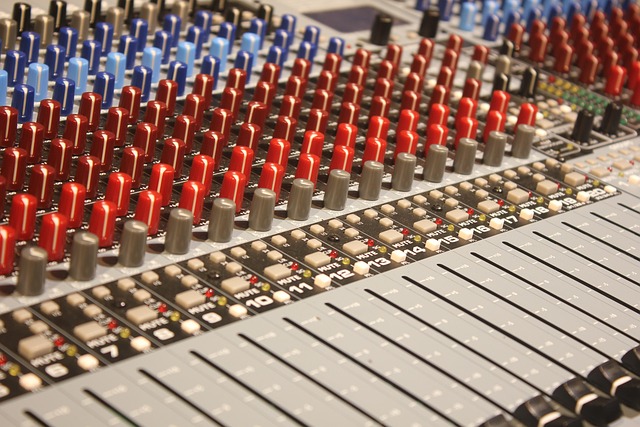The Conductor’s Guide to Mastering Audio in Your Home Cinema Room
When it comes to creating an immersive home cinema experience, you are the conductor of your very own symphony. Just as a conductor guides an orchestra to produce harmonious music, you must skillfully manage various audio elements to achieve a flawless cinematic atmosphere. In this guide, we’ll explore how to perfectly orchestrate audio for your cinema room, ensuring every sound resonates with clarity and depth.
Understanding Your Space
Before diving into the technical aspects of audio, take a moment to familiarize yourself with your cinema room. Every space has its own unique acoustics, influenced by factors such as room size, shape, and furnishings. As a conductor interprets the nuances of a score, you need to identify the characteristics of your room to understand how sound will travel within it. Experimenting with different placements for speakers, furniture, and decor can all impact the audio experience.
Choosing the Right Equipment
Just as a conductor selects the right instruments for the musical piece, you must choose the appropriate audio equipment for your home cinema. Consider investing in high-quality speakers that can reproduce sound with precision. A surround sound system can immerse you in the action, allowing you to feel every explosion and whisper. Remember, your audio equipment is the instrument with which you will conduct an unmatched cinema experience.
Balancing Audio Levels
In music, balance is key; too much of one element can overpower the others. The same principle applies to sound in your cinema room. Properly adjusting audio levels ensures that dialogue, sound effects, and music harmonize beautifully. Use an audio receiver to manage sound levels across different speakers, and don’t forget to calibrate your system to suit the room’s acoustics. This setup will allow you to create a seamless blend, much like the carefully intertwined melody of an orchestra.
Optimizing Surround Sound
True cinematic magic happens when surround sound is optimized. Picture this: as the conductor cues a crescendo, the harmonies swell from all around. In your cinema room, positioning your speakers correctly—ideally at ear level and in proper placement—creates a three-dimensional audio experience. Pay attention to angles and distances to ensure that every viewer feels enveloped by the sound, bringing the film’s narrative to life.
Fine-Tuning Audio Settings
Each film and audio track has its own dynamics, just as every musical composition presents varying themes and motifs. To adapt to this, make use of the settings on your audio equipment to fine-tune sound profiles for different genres. Do you have an action-packed blockbuster? Elevate the bass for a thrilling experience. Watching a serene drama? Emphasize the delicate tones of the dialogue. This level of customization allows you to conduct an unforgettable performance no matter the film.
Integrating Video Quality
While audio may steal the spotlight, it’s essential to remember that video quality plays a crucial role in the overall experience. A well-synchronized audio-visual performance is akin to a conductor ensuring that all sections of the orchestra are in harmony. Invest in a quality projector or television that complements your audio setup, enhancing your home cinema experience. Remember, the visual and auditory elements must work together seamlessly to capture the audience’s attention.
As the conductor of your home cinema room, your role is to create a space where audio transcends the ordinary. With meticulous attention to detail, proper equipment, and thoughtful adjustments, you can craft an exquisite sound experience that will leave your audience in awe. Your cinema is not just a room; it is a stage where storytelling comes to life through the power of sound and vision.



